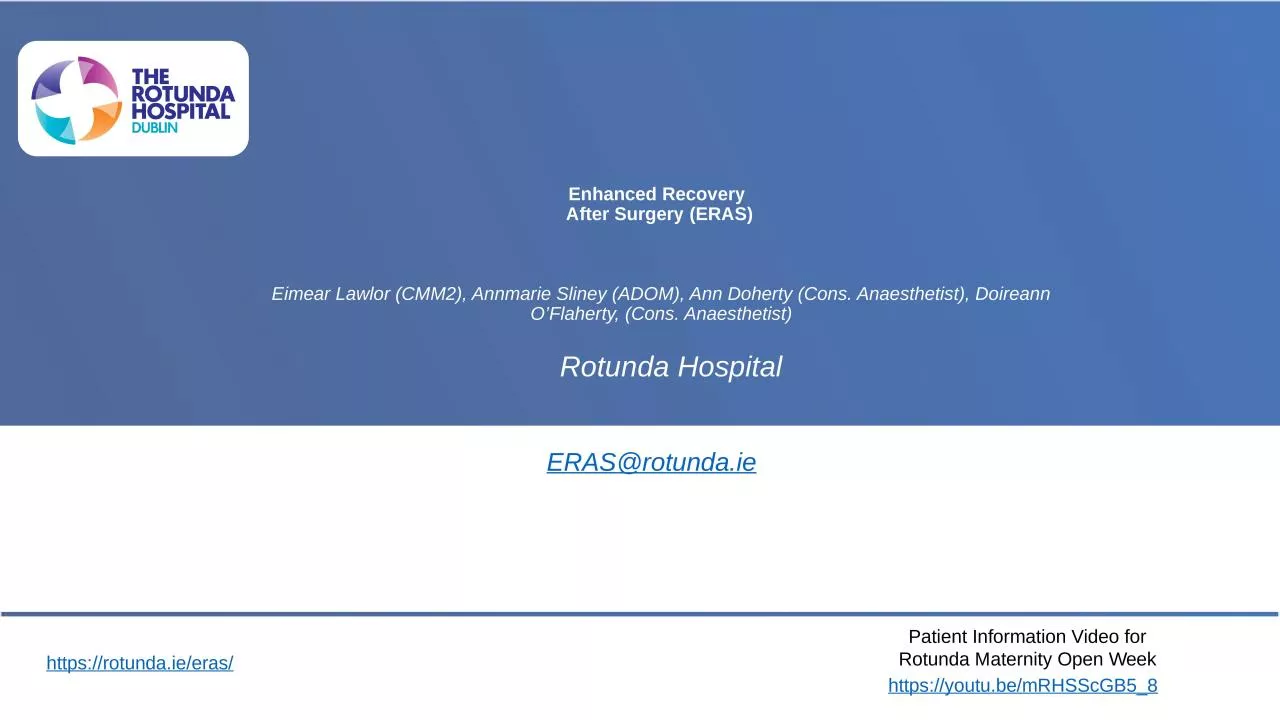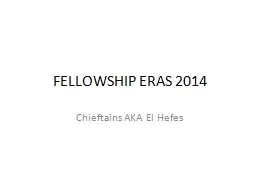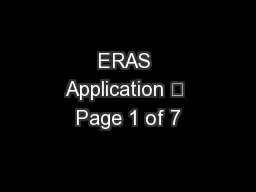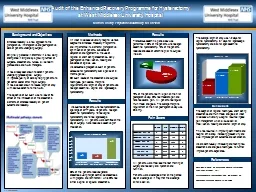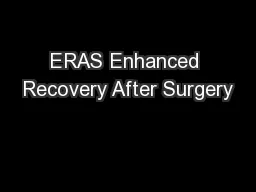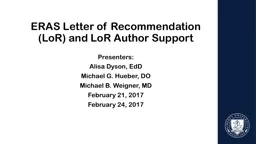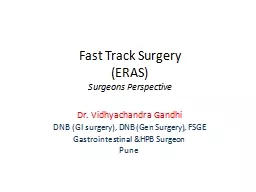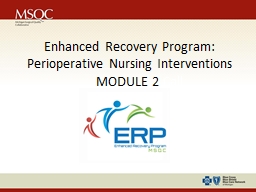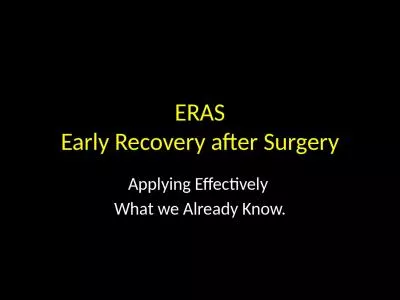PPT-Enhanced Recovery After Surgery (ERAS)
Author : gagnon | Published Date : 2024-01-29
Eimear Lawlor CMM2 Annmarie Sliney ADOM Ann Doherty Cons Anaesthetist Doireann OFlaherty Cons Anaesthetist Rotunda Hospital ERASrotundaie Patient Information Video
Presentation Embed Code
Download Presentation
Download Presentation The PPT/PDF document "Enhanced Recovery After Surgery (ERAS)" is the property of its rightful owner. Permission is granted to download and print the materials on this website for personal, non-commercial use only, and to display it on your personal computer provided you do not modify the materials and that you retain all copyright notices contained in the materials. By downloading content from our website, you accept the terms of this agreement.
Enhanced Recovery After Surgery (ERAS): Transcript
Download Rules Of Document
"Enhanced Recovery After Surgery (ERAS)"The content belongs to its owner. You may download and print it for personal use, without modification, and keep all copyright notices. By downloading, you agree to these terms.
Related Documents

